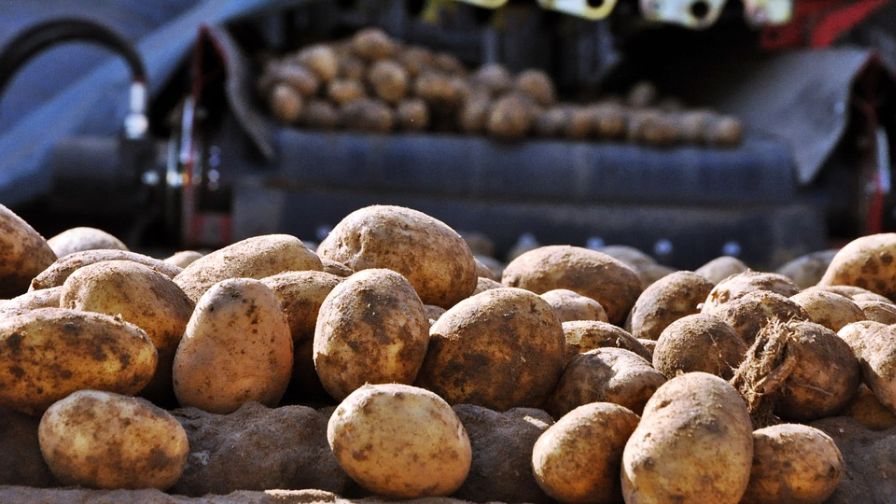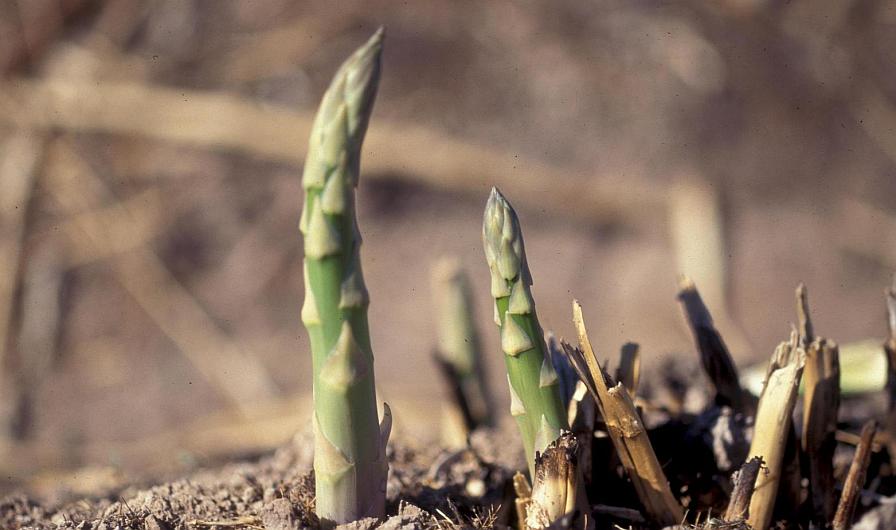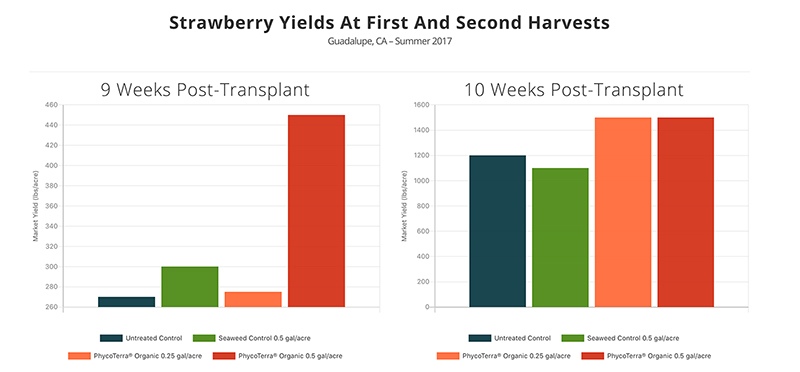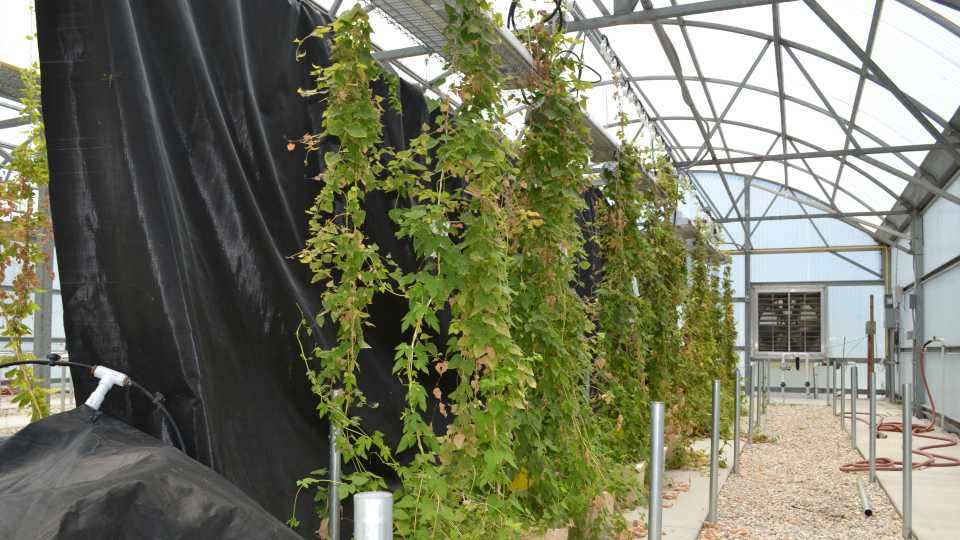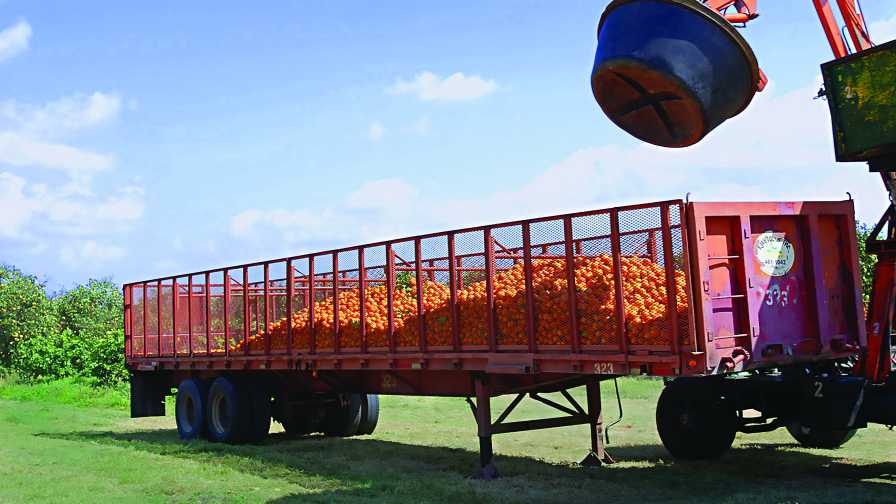Equipment Goes Through Regulatory Ringer
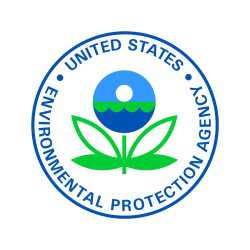
The nut growing business is going to change quite a bit when the final Tier 4 engine regulations go into effect in January 2015, and growers better be thinking about its effects on their equipment now, says one industry expert. “The cost is going to be huge,” says Mike Flora, engineering manager for Flory Industries of Salida, CA. “Not only increased cost, but more complex to operate and maintain.”
As just one example of how equipment has and will change, Flora notes that engineers used to try and design units that would run as cool as possible. Now they will have to operate hot enough to reduce emissions by burning off filtered material. “Tier 4 engines represent a whole new set of challenges for the farmer,” he says, “and all of these things add to the cost of the engine.”
The engines will have to be equipped with a host of new devices designed to clean up emissions that will be extremely costly to replace. They will also require separate documentation, including paperwork that must be filed with EPA, says Flora.
Safety Hazard
Many of the new engines will have diesel particulate filters on the exhaust system to burn up the pollutants. These components will become extremely hot — in excess of 1,000˚F, says Flora. That means safety will be an issue, and not just for the operator. “In the orchard you have leaves floating around,” he says, “which makes for an obvious fire hazard.”
While growers in other states may have it bad, Flora says California’s requirements are generally tougher than those of the federal EPA. For growers, that’s even worse as, for example, the California Air Resources Board (CARB) distinguishes air blast sprayers from other equipment, considering them stationary equipment — which means they have to meet a tougher standard — because they are not self-propelled. “Let’s face it, California is stricter than any other state in the union,” he says.
Flora says he doesn’t know exactly how it will shake out when it goes into effect in a couple of years, but he is sure that growers’ engine compartments are going to grow with all the added equipment. What bothers him is that unlike going from Tier 1 to Tier 3, which offered some benefits to the user, these changes don’t seem worth it. “In a lot of these cases the regulations are running ahead of the technology,” he says. “Tier 4 implementation will be very challenging for the nut industry, and it is questionable whether there are enough proven environmental benefits to offset the costs.”
Flora’s boss, Marlin Flory, could not agree more. Flory says the move to Tier 4 is nothing like other recent attempts by government regulators to cut air pollution. For example, shredding prunings instead of burning them not only helped clean the air, it put more organic matter back into orchard soils. “It was a win/win for everybody,” he says.
While Tier 4 does loom, Flory believes growers can make it easier on themselves if they attempt to be good stewards. For example, if you’re harvesting close to a road, slow your speed down so you don’t kick up nearly as much dust. “We won’t be forced into as many changes if we just go slower, lie a little lower, and not make an issue of it,” he says. “We can all be good stewards if we all make an effort; it’s really important that we all get on board.”
More Automation Coming
More automation is on the horizon for the almond industry, says Hans Bollerud, vice president of Pacific Distributing, Inc., of Hughson, CA, the exclusive distributor for Orchard-Rite Tree Shakers. First up will be tree safety; it will always be a priority.
“We have innovated several built-in safety systems that protect the tree. Improved ergonomics for the shaker operator are also coming soon,” says Bollerud, making the employee more productive. “The operator who is more comfortable will always do a better job,” he says.
When asked to “crystal ball” it, Bollerud says that eventually, there will come a time when the operator will mostly monitor the systems and the equipment will virtually operate itself.
“Shakers are very repetitious pieces of equipment,” says Bollerud. “Some machines in other crops are being operated via GPS; we will see equipment and tree locators letting the shakers do the work.”
Harvest Stewardship
Flory Industries is concerned about safety at harvest time. Here are some steps to reduce the risks, according to Marlin Flory.
• When sweeping, try to keep from blowing dust onto the roadway whenever possible.
• When harvesting parallel to a road, keep fan discharge pointed toward the orchard. This might mean making several deadhead passes. Do the first three rows if possible.
• When harvesting in a traffic area, slow down forward speed and the engine RPM. These two items will greatly reduce the dust generated. The product will have a little more trash but it is hardly noticeable.
• When working along a roadway, put up CAUTION signs warning drivers of dust in the area.
• When moving equipment on the road, install yellow flashing lights that warn other drivers of a slow moving vehicle.




